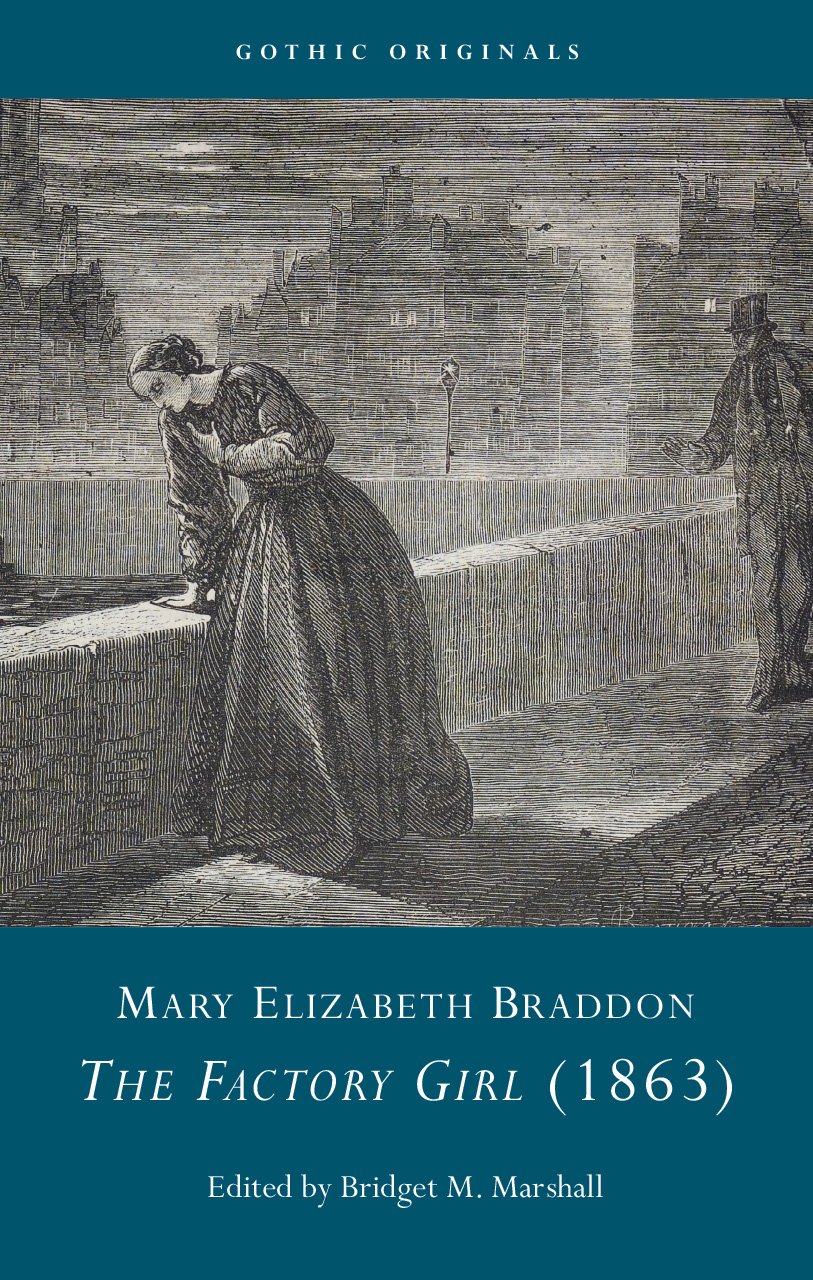Mary Elizabeth Braddon
The Factory Girl (1863)

Mary Elizabeth Braddon’s The Factory Girl (1863) was a cheap serial intended for working-class readers.
The sprawling plot centres on Laura Leslie and her daughter, Dora, who are the targets of a diverse cast of villains. After Laura’s tragic death, Dora and her adoptive mother start a new life working in a cotton mill, but Dora’s beauty attracts unwelcome attention, putting them in danger. Dora is the classic factory girl, a nineteenth-century revision of the Gothic heroine.
Republished in the US in both newspapers and as a book, and translated into French, the novel has been out of print since the 1860s. This edition reproduces the original Halfpenny Journal text and illustrations, and adds a scholarly introduction placing the novel in numerous cultural contexts, including the rise of sensation fiction; nineteenth-century popular theatre; the transformation of the genre of the Gothic; and the backdrop of the Industrial Revolution.

Bridget M. Marshall is Professor of English at the University of Massachusetts, Lowell, where she teaches courses on the Gothic, New England witchcraft trials and disability in literature.
